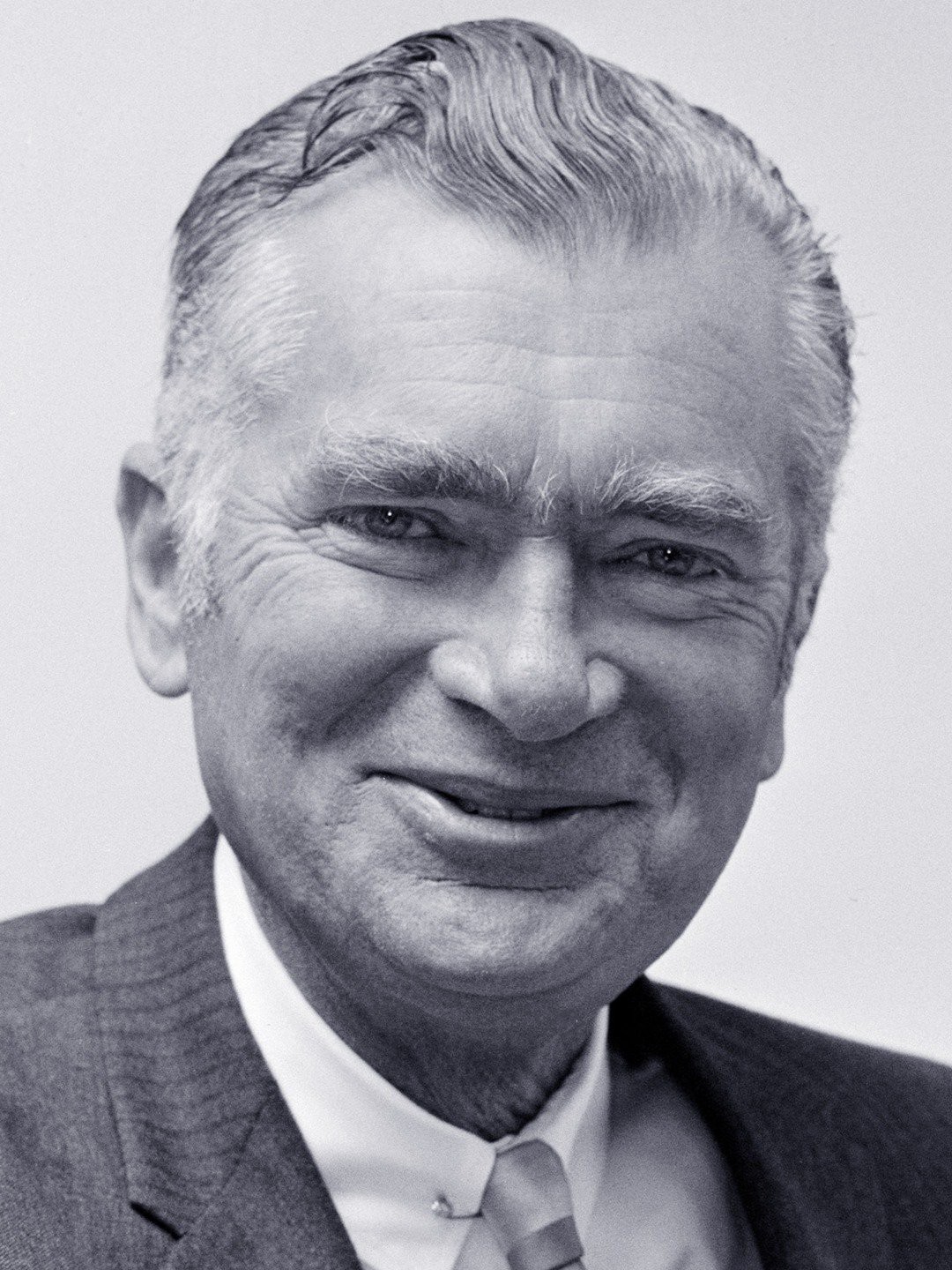

After the series ended, he donned a suit, kept the homespun flavor and became private detective "Barnaby Jones" (CBS, 1973-80), who would noodle and drive suspicious parties crazy until they practically begged to tell the truth. Ebsen seemed to be indelibly linked with Jed Clampett, the family patriarch.

BUDDY EBSEN TV
"The Beverly Hillbillies" (CBS, 1962-71) was considered as low-brow as TV could get by the critics, but the audience kept it on the air. The premise: a backwoods hick discovers oil, becomes a millionaire, and moves his family to the most chic part of California where his kin become "fish out of water" amongst the more "sophisticated" Angelenos. Ebsen was going to retire to his Orange County home in the early 1960s, when producer Paul Henning offered him the lead role in a CBS situation comedy. Later, he was Huck Marriner in "Northwest Passage" (NBC, 1958-59). When ABC's "Disneyland" program decided to film ongoing installments of a "Davy Crockett" series, Ebsen was chosen as George Russell, Fess Parker's sidekick, a role he reprised for two films in the mid-1950s. In 1968, he made his final screen appearance (to that date) in a leading role in Disney's "The One and Only Genuine Original Family Band." By then, Ebsen had established a presence on television. Ebsen continued to make film appearances throughout the 1950s and 1960s. He went to RKO for such pictures as "Parachute Battalion" (1941) and "Sing Your Worries Away" (1942), before moving to Republic, where he was then cast in Westerns (like "Utah Wagon Train" 1951), often as the amusing musical sidekick. Jack Haley replaced him in the film and Ebsen soon left MGM. Ebsen filmed several sequences before landing in the hospital after the metallic dust from the character's make-up had clogged his lungs. In 1938, MGM producer Mervyn LeRoy cast Ebsen as The Tin Man in the film version of "The Wizard of Oz," set to be released in 1939. Although an MGM contract player, Ebsen was loaned to Fox for "Captain January" (1936), in which he was a ship's hand who danced with Shirley Temple-de rigeur for a screen hoofer of the period.

Hollywood beckoned and Buddy and Vilma were seen in "Broadway Melody of 1936" (1935) before Vilma retired from show business. The duo danced in "Whoopee" and in one of the last editions of the "Ziegfeld Follies" (1934). Not unlike Fred and Adele Astaire, the Ebsens toured in vaudeville and hit Broadway in the 1920s. With the encouragement of his father, who operated a dance studio, he was partnered with his sister as a youngster. Buddy Ebsen was a talented hoofer who performed an amazing rope-like dance number on stage with his sister Vilma.


 0 kommentar(er)
0 kommentar(er)
